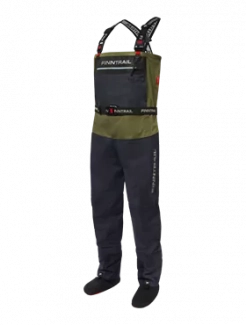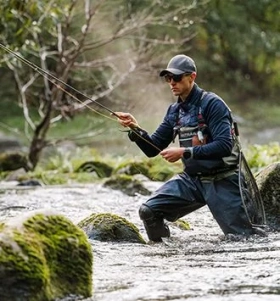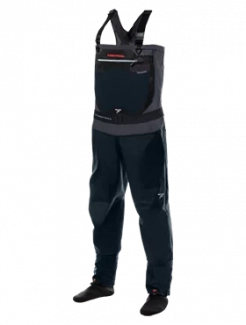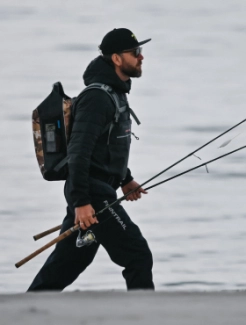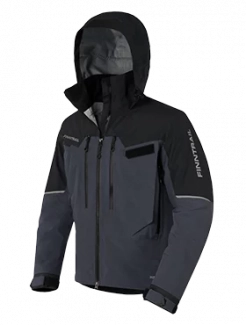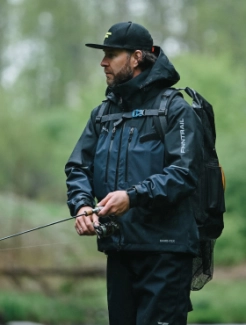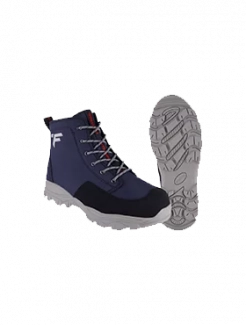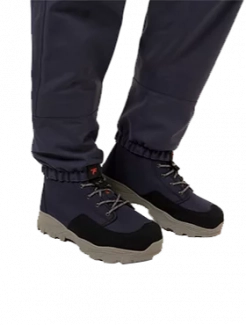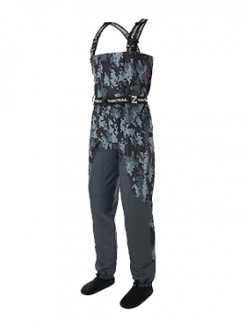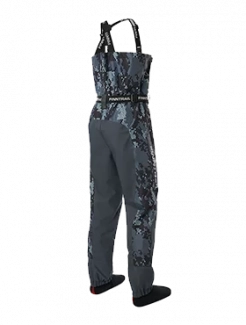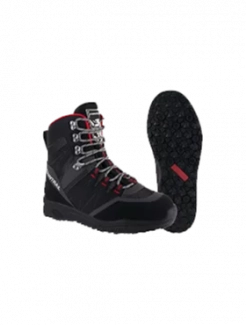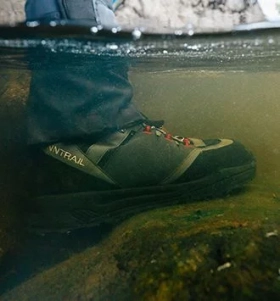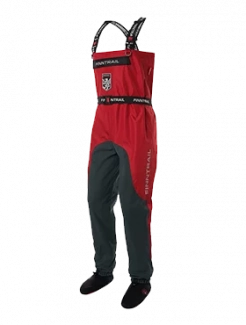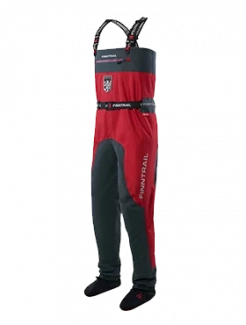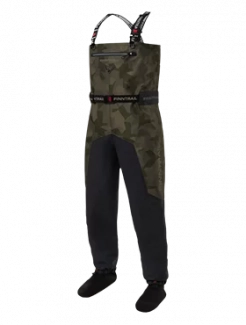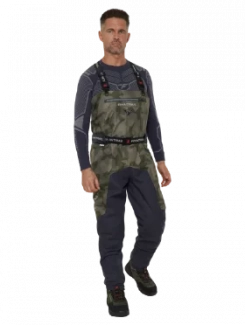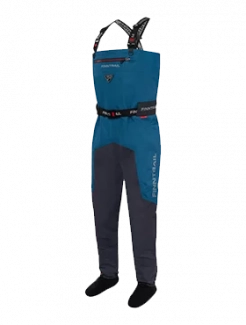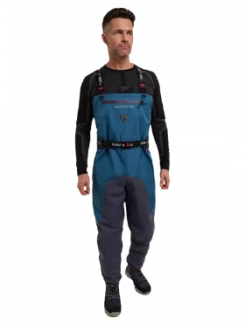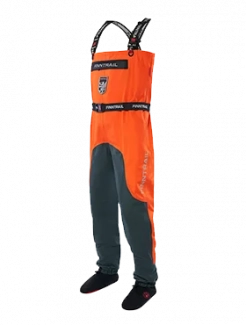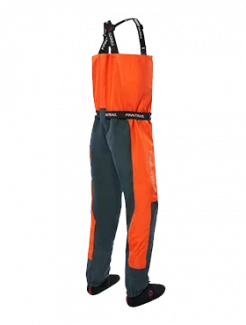Wading Safety Guide: 10 Tips to Avoid Accidents
Whether you're casting into a backcountry stream or navigating a wide river, safe wading is essential for any angler. While wading offers better casting angles and access to prime fishing spots, it also poses risks if done incorrectly. The force of moving water, unseen hazards underfoot, and changing conditions can quickly turn a peaceful fishing trip into a dangerous situation. Follow these top 10 wading tips to ensure a safer, smarter, and drier experience on the water.
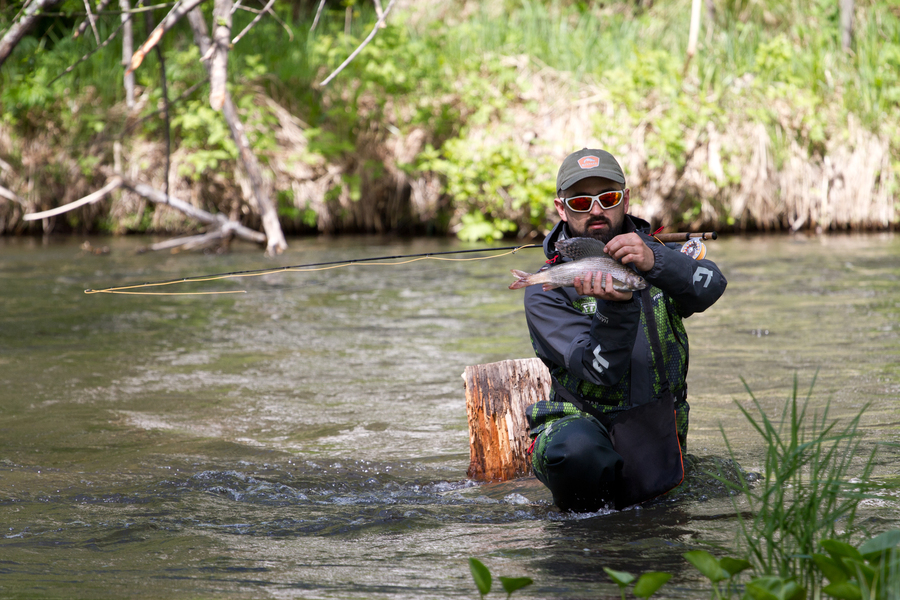
1. Know the Difference: Wet Wading vs Dry Wading
Before stepping into the water, understand the distinction between wet wading and dry wading. Wet wading means entering the water without waterproof gear — typically just wearing quick-dry clothing and wading shoes. It’s best suited for warm summer days when staying cool is an advantage. Dry wading, on the other hand, involves wearing waterproof waders and boots to keep yourself dry, warm, and protected.
Choose your approach based on weather, water temperature, and terrain. Always check the forecast and consider bringing both options if you expect conditions to vary.
2. Wear the Right Gear
Having the right equipment can make a world of difference. Not only does proper gear enhance comfort, but it also plays a vital role in safety.
-
Wading boots with felt or rubber soles provide traction. Felt grips slick rocks well, while rubber soles are better for muddy trails and are easier to clean for preventing the spread of invasive species.
-
Waders should fit snugly without restricting movement. Avoid baggy or ill-fitting waders that can snag on rocks or fill with water.
-
Wading belts are a must. They help prevent water from flooding your waders if you fall, buying you precious time to recover.
Don’t forget layers, polarized sunglasses for underwater visibility, and a fishing vest or pack that won’t weigh you down.
3. Learn How to Dry Wading Boots
After a day on the water, drying your gear properly is critical. Wet boots not only wear out faster, but they can harbor bacteria and spread invasive species to other water bodies.
Here’s how to dry wading boots properly:
-
Remove insoles and laces to allow maximum airflow.
-
Rinse thoroughly to remove sand, mud, and any organic material.
-
Dry in a cool, shaded, and well-ventilated area—direct heat can damage materials.
-
Use boot dryers or stuff them with newspaper to speed up the process and absorb moisture.
Bonus tip: If you're fishing in multiple locations on a trip, consider disinfecting your boots to avoid transferring harmful organisms between ecosystems.
4. Test the Bottom Before Stepping
Never assume the riverbed is uniform or safe. Use your foot or a wading staff to feel for drop-offs, soft silt, or slippery rocks before fully shifting your weight. Many accidents happen when anglers step too quickly and lose their footing unexpectedly.
5. Move Diagonally and Slowly
When wading, move at a deliberate pace. Face slightly downstream and shuffle your feet rather than picking them up. This method provides more surface contact, which improves stability and helps you detect hazards.
Diagonal movement with the current also reduces resistance, making it easier to maintain balance. Avoid crossing upstream, where water pressure can knock you off balance more easily.
6. Don't Wade Above Your Knees (If You're New)
Depth matters. For beginners, it's best to stay in water no higher than your knees. As water gets deeper, the current’s force becomes stronger and harder to manage. Even experienced anglers respect this rule — if the water’s moving fast, it doesn’t take much depth to create a dangerous situation.
7. Use a Wading Staff
A wading staff acts like a third leg, offering extra balance and helping you judge both water depth and bottom stability. Collapsible models are easy to store and quick to deploy, making them an excellent tool to carry — even if you think you won't need it.
8. Never Wade Alone
Wading in solitude might sound peaceful, but it increases risk. Always tell someone where you’ll be and your estimated return time. Ideally, fish with a buddy who can assist in an emergency or help if you get injured or swept off your feet. Safety aside, fishing with a partner also makes for a more enjoyable experience.
9. Respect River Conditions
Even familiar waters can become treacherous with changing conditions. Check river flow data, rainfall, and snowmelt forecasts before heading out. Rising water levels may not be obvious at first glance, but they can drastically increase current strength and depth, especially near banks or narrow runs.
Be especially cautious in spring and after storms — these are the most unpredictable times for river conditions.
10. Know When to Say No
One of the most important skills in wading — and fishing in general — is knowing when to walk away. If the water looks too fast, murky, or deep, trust your gut and find a safer spot. The fish will still be there another day, and your safety should always come first.
Final Thoughts
Wading adds excitement, stealth, and access to otherwise unreachable fishing zones. But those benefits come with responsibility. Whether you’re debating wet wading vs dry wading or learning how to dry wading boots after a long trip, understanding and applying safe wading techniques is essential.
These top 10 tips are more than just advice — they're habits that experienced anglers live by. So gear up, plan ahead, and wade smart. That way, every step you take brings you closer to the fish, not danger.

